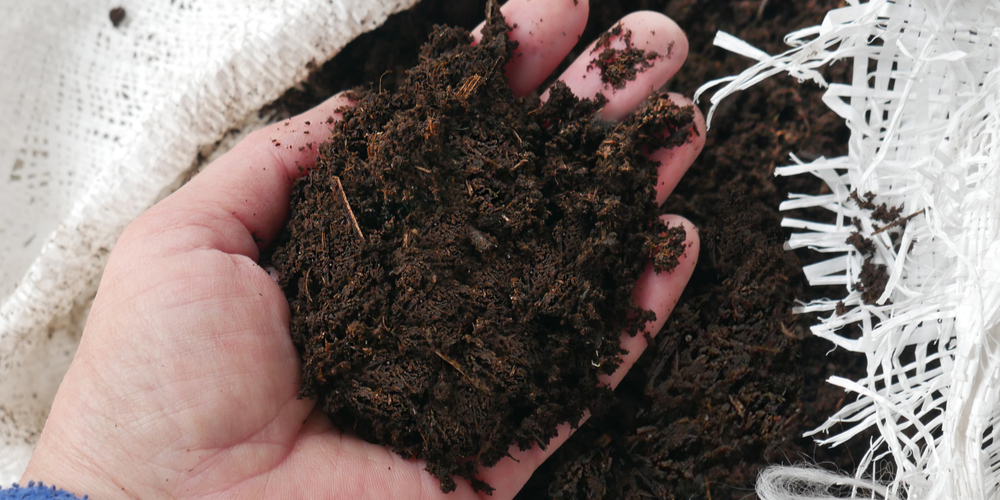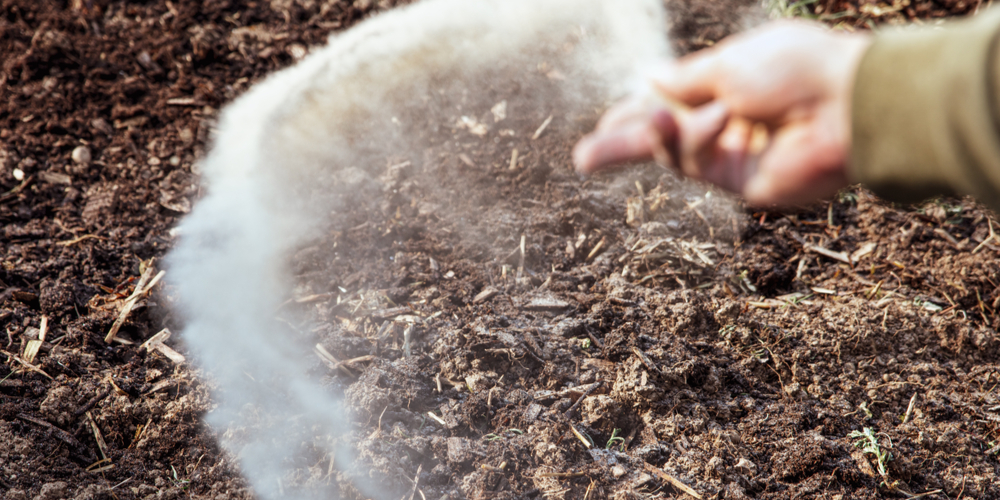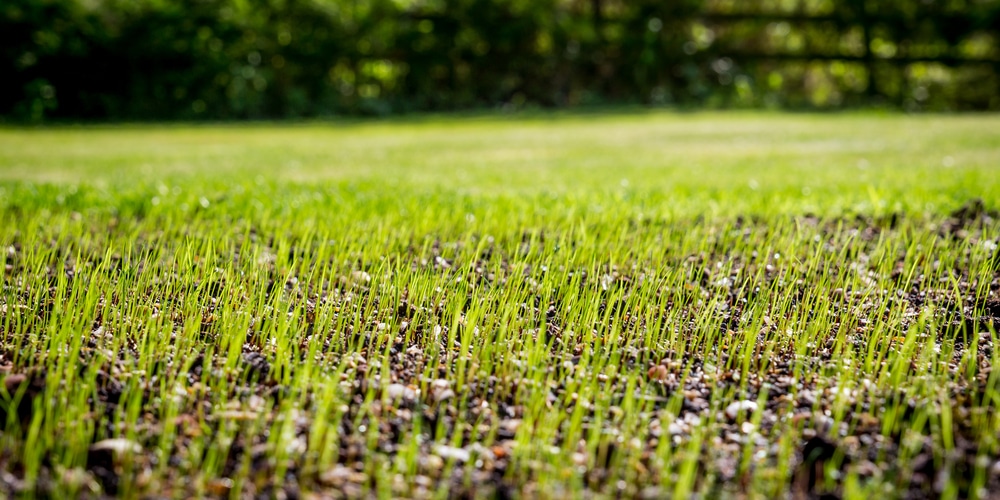We all love how a healthy lawn looks on a property. It adds a touch of elegance and makes the house more attractive overall. However, if you know something about maintaining a turf, you should know how time-consuming and challenging it might get. You have to frequently mow, fertilize, water, and keep weeds and pests at bay to have the results most of us dream of.
But let’s leave to a side what comes when you have turf, and let’s talk about installing it and preparing the soil to welcome your grass.
Installing topsoil

While sounding trivial, knowing how to accommodate the soil for your grass is essential for growing a healthy and thriving lawn, with more chances of surviving through anything that might cause stress (or damage). All plants need some support to develop.
And most of that support comes from how well you prepare the soil and the environment around them. You should know what your grass needs to thrive. Not all lawns are the same. But, in general, they all need certain degrees of water, oxygen, sunlight, and nutrients (especially nitrogen). How can you make your soil suitable to welcome a lawn? For instance, how deep should topsoil be for grass? And what else should you know about preparing for it?
If you are interested to learn the answers to such questions, read on. Here, you’ll find everything you should know about recreating the optimal conditions for your grass to thrive in your garden without being deprived of oxygen, nutrients, and moisture.
Turf and Topsoil
You may or may not need to amend your garden depending on your yard’s conditions. Make sure to carry out a test before making any changes to take adequate measures. Topsoil is a crucial layer of the ground, necessary if your soil is poor in nutrients and if you need to increase drainage or improve the nutrient content. Indeed, topsoil is a loose, fertile, and well-draining type of soil that contributes to keeping your grass healthy.
Adding it to the surface of your yard allows roots to find the water and food they need to sustain their survival. Keep in mind that topsoil is where most of the action is for nutrients and organic materials. It is the part of the ground where organic matter decays and turns into beneficial nutrients and microbes.
When installing a new lawn, you must think about adding commercial topsoil. And your final decision should depend on your climate, your current soil conditions, and the overall weather of your region. If you are fortunate enough to have a garden with rich and fertile soil, you might be able to use your existing topsoil and benefit from the organic matter already present there. Alternatively, consider purchasing commercial topsoil.
Remember that quality is crucial. While it might not seem to matter at first, investing in a high-quality product will make a difference in the long term. Keep in mind that topsoil can improve the texture of your soil: if you live in an area where the ground tends to be too heavy or sandy, adding it is imperative for the success of your lawn’s establishment.
But how much topsoil do you need for grass? Jump to the next section to find out.
How Deep Should Topsoil Be For Grass?
Usually, using about 2 to 4 inches of topsoil will be enough to recreate optimal temperatures for your lawn to grow. Turf ideally needs at least four inches of topsoil to root, but as we mentioned before, not everyone needs to add so much, especially if you are working on high-quality soil from the start. And other yards might need more. You can add up to six inches of topsoil to enhance the heat and growth of your grass.
Before adding topsoil and the lawn to your garden, don’t forget to prepare the site. Grading the yard ensures water will flow away from buildings and other structures. Consider a slope between 1 to 4 percent. Depending on how large your garden is, it might be enough to make the changes using a shovel and a rake.
How Deep Should Topsoil Be For Grass?: Final thoughts
Don’t forget to amend the soil to accommodate the type of grass you are installing: if you need to add organic matter or further improve drainage, consider adding sphagnum peat moss or compost (or both).
Related Article: How Much Topsoil Do I Need For Sod?

